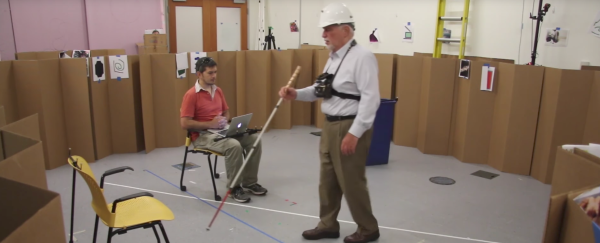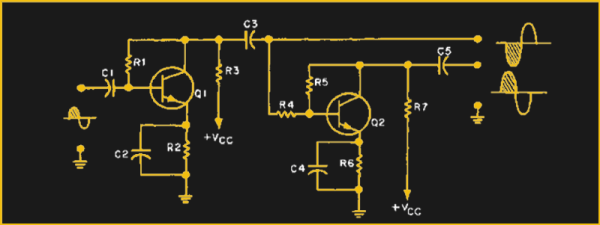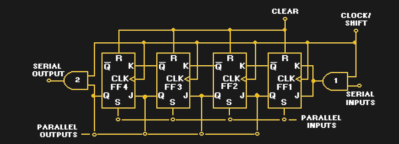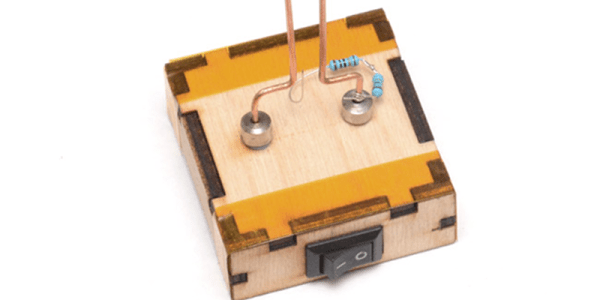Deep-sea exploration is considered as a relatively new area of research and the electronics involved has to be special in order to survive some of the deepest parts of the ocean. Pressure Tolerant Electronics is a new subject and has its own challenges as explained by [Nic Bingham] of the Schmidt Ocean Institute.
[Nic Bingham] was one of the speakers at the Supplyframe office for ‘The Hardware Developers Didactic Galactic’ held April 20th 2017. His talks was based on his experience with ambient-pressure electronics and autonomous solar-diesel power plants at the Antarctic plateau. Due to high pressures at large depths, the selection of components becomes critical. Low density components such as electrolytic capacitors have either air or fluids which are susceptible to compression under water and prone to damage. Since pressure tolerance is not part of most datasheet figures, component selection becomes difficult and subject to prior testing.
There are other challenges as well as [Nic Bingham] explains that revolve around the procurement of special parts as well as spare for older components. In his whitepaper, [Nic Bingham] chalks out everything from the development process to different testing methodologies and even component selection for such applications.
A video of his talk is worth a watch along with the nice writeup by [Chris Gammell] on his first hand experience of the lecture. For those who are looking for something on a budget, the underwater glider project is a good start. Continue reading “Electronics That Can Handle The Pressure”



















